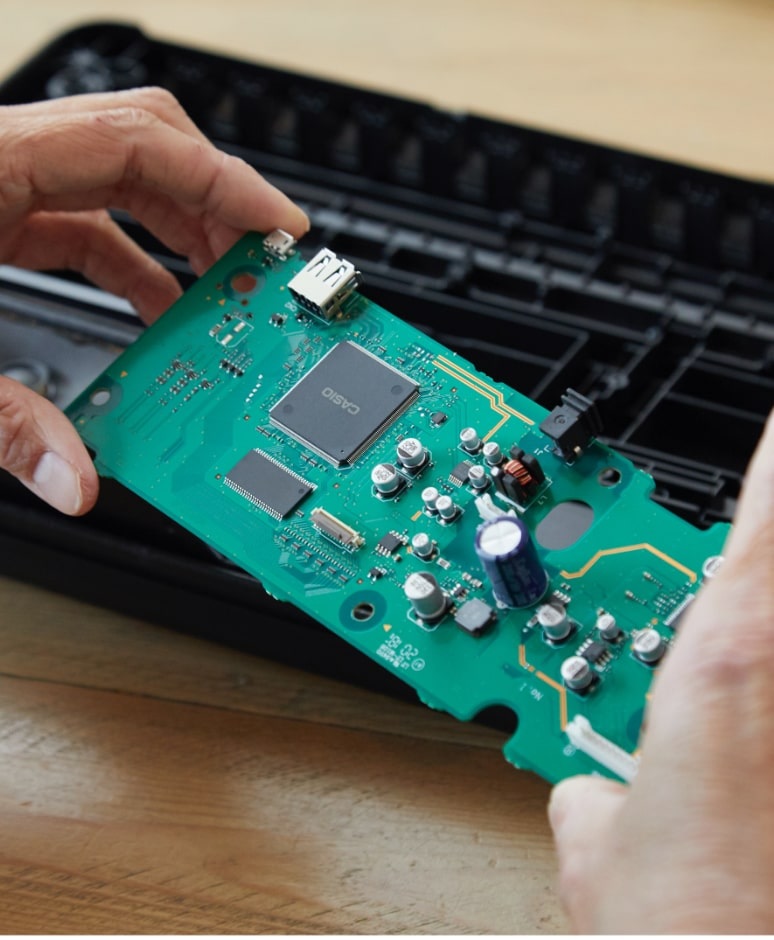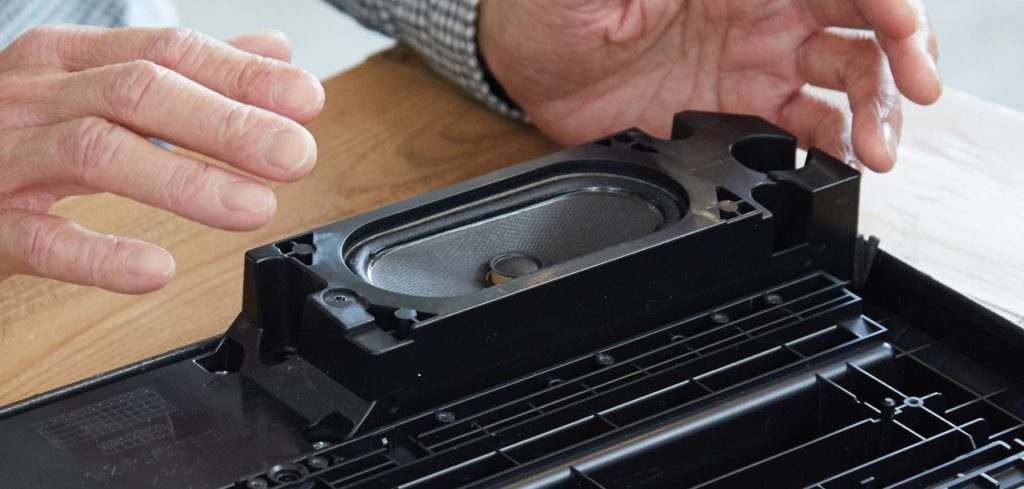Update: Here is the latest information about the CT-S500 and CT-S1000 from Casio.
After visiting the U.S. Patent and Trademark site, I normally do a deep dive into a few patents. Given the upcoming announcement of Casio’s new keyboards (Casio CT-S1000V and CT-S500), time is of the essence. Thus, here is a short list of the most relevant recent Casio patents:
11,094,307 8/17/2021 Sound generation
10,937,404 3/ 2/2021 Sound generation, three contact switches
10,909,958 2/ 2/2021 Chord accompaniment
10,825,438 11/ 3/2020 Vocoder
10,825,434* 11/ 3/2020 Voice synthesis
10,825,433* 11/ 3/2020 Voice synthesis (MIDI)
10,810,981* 10/20/2020 Voice synthesis
10,803,844 10/13/2020 Picture/image generation in sync with music
10,789,922* 9/29/2020 Voice synthesis
10,629,179 4/21/2020 Voice synthesis
10,616,688 4/ 7/2020 Speaker box
10,559,290 2/11/2020 Waveform transfer
10,515,618* 12/24/2019 Waveform compression
10,490,172* 11/26/2019 Enlivement data (expression)
10,475,425* 11/12/2019 Waveform play-back and sound generation
10,474,387* 11/12/2019 Waveform transfer (ring buffering)
If you’re short on time, you might want to start with the starred (“*”) patents. Clearly, Casio have invested heavily in voice and instrument synthesis!
Of course, the usual caveats about patents and patent applications holds. Just because a company stakes out its intellectural property (IP) turf with a patent, does not mean they will build the technology into a finished product. Beware when drawing inferences!
A little background and context are needed. Please keep these points in mind when reading the Casio patents.
Casio have moved to a new generation of synthesis:
- Acoustic and intelligent Resonator (AiR) sound source.
- Multi-dimensional Morphing (changing volume and tone characteristics with variations in touch and passage of time).
- Lossless audio compression.
- Resonance system (string resonance, open string resonance, damper resonance, Aliquot resonance).
- Acoustic and intelligent Xpression (AiX) sound source.
- High performance DSP effects and EQ.
- Higher waveform memory capacity (more waveforms, longer waveforms).
- Amplifier and vintage effect modeling.
AiX evolved from AiR. AiR first appeared in Casio digital pianos. AiX first appeared in the CT-X series of portable keyboards. Both technologies are based on a new, proprietary, large scale integrated (LSI) processor. The Casio CT-S series, including the new models, exploits AiX technology.

Casio have always relied upon a very high degree of functional integration. Previously, a wide range of products were based on the custom uPD800468P-012 processor. This processor was a sizable beast with 180 pins integrating major functions like digital-to-analog (DAC) and analog-to-digital conversion (ADC). The main clock ran at 48MHz. This may seem slow to people accustomed to personal computer technology, but the low clock speed is power efficient — small power supplies and/or battery operation and no fans or heat sinks. You don’t really want to lug around a PC power supply and all of its cooling elements, do you?
The uPD800468P-012 has been replaced by a new LSI processor with even more pins! The CT-S1 main board is positively sparse. Where did all of the other components go?
Slight digression. Casio and Yamaha are manufacturing juggernauts who slug it out in portable keyboards and digital pianos. Entry-level products are notoriously price-sensitive and both companies work hard to wring cost out of entry-level (and mid-range) products.

Casio are pushing in other dimensions, not just LSI. With more waveform memory capacity, they have added “Advanced Tones” such as the new piano, clav, and organ samples in the popular CT-S1. They have also developed a horizontal bass-reflex speaker system for slim-line instruments. The system incorporates a new speaker box and elliptical speakers. Finally, Casio have developed their own low-latency Bluetooth audio and MIDI protocol.
For further information, I highly recommend the behind the scenes interview with the CT-S1 development team. Not only will you learn about the CT-S1, you’ll get a feeling for the “contact sport” of product engineering as the team try to balance conflicting design concerns.
[I hope that Casio don’t mind that I have reproduced a few of their pictures here.]
Copyright © 2022 Paul J. Drongowski
